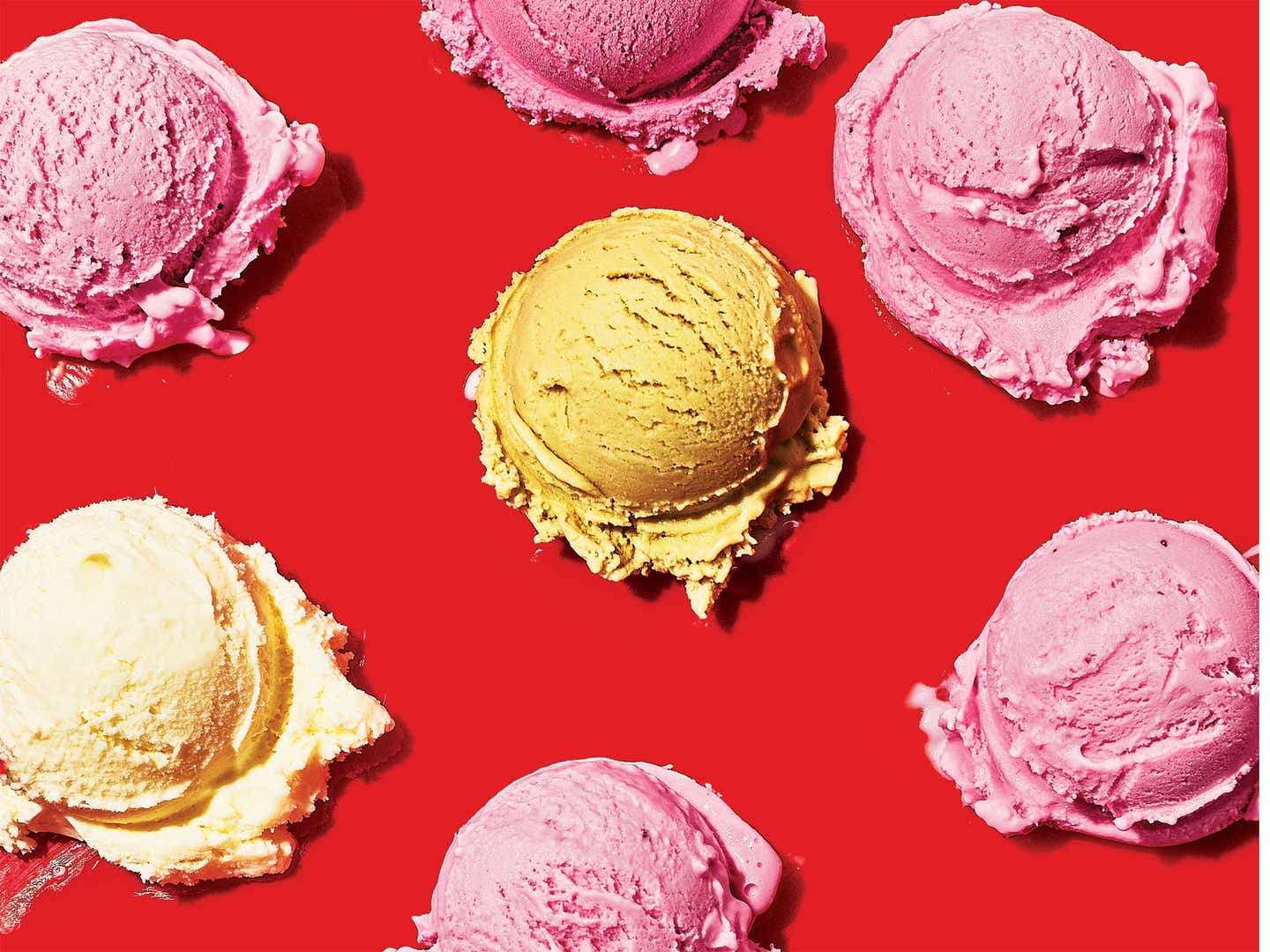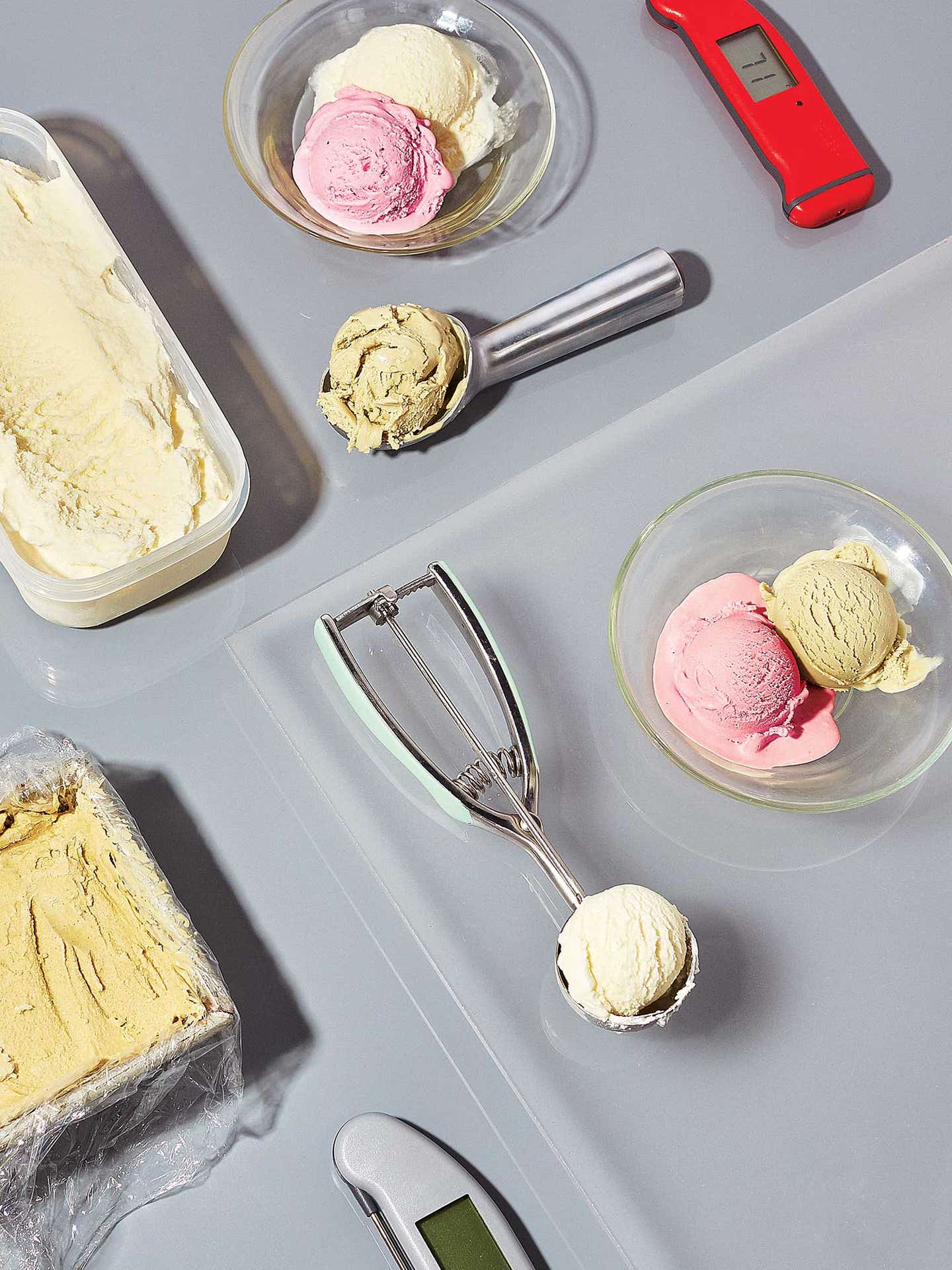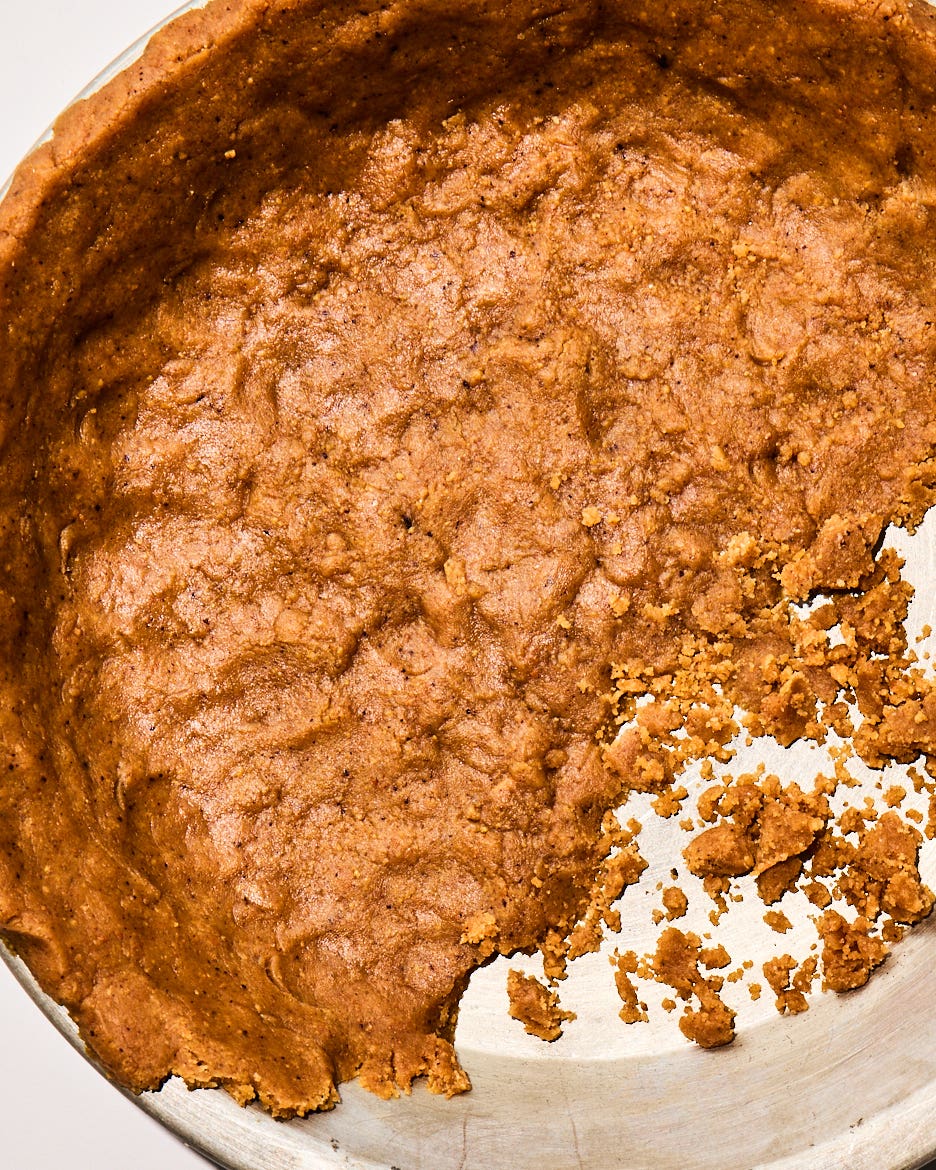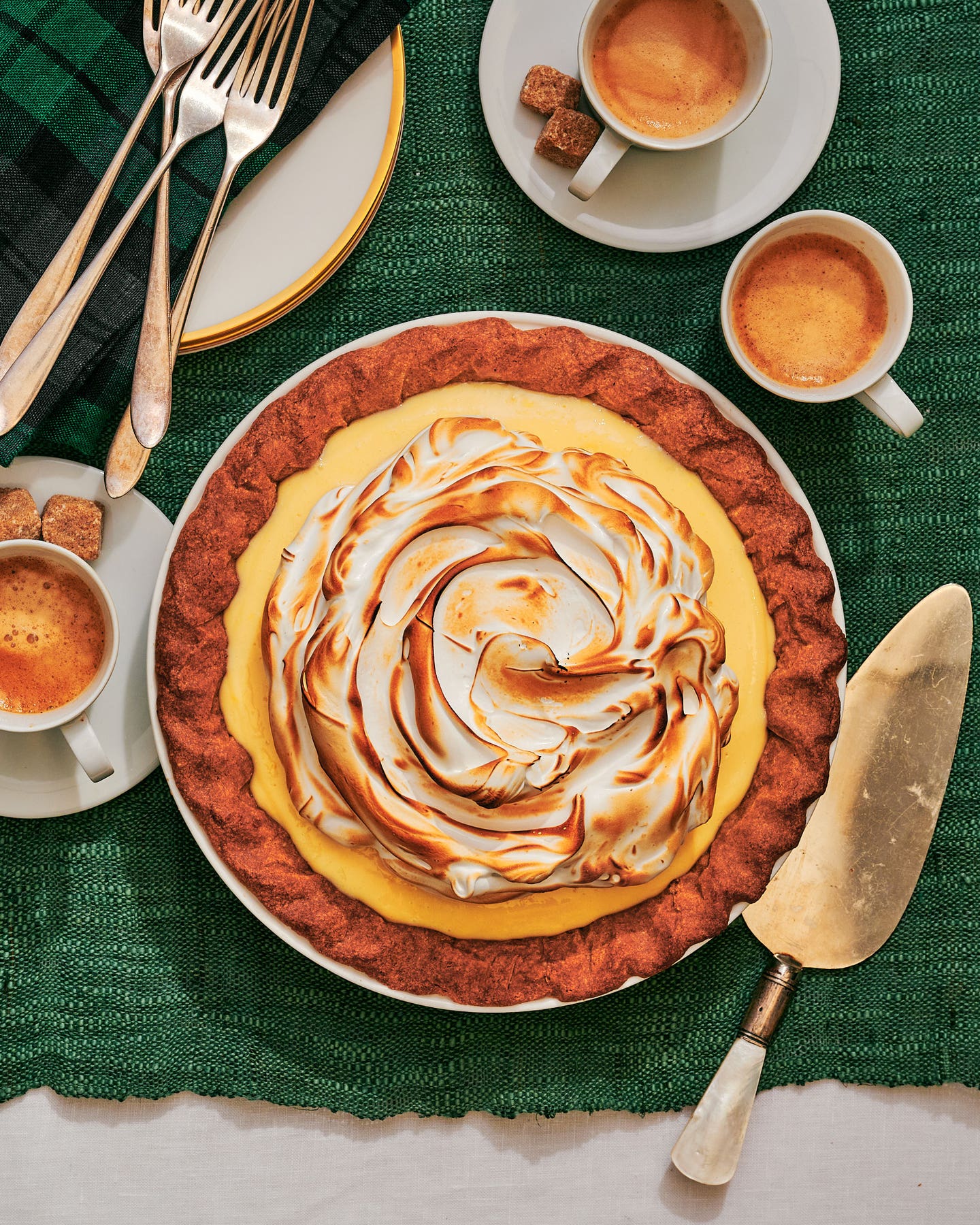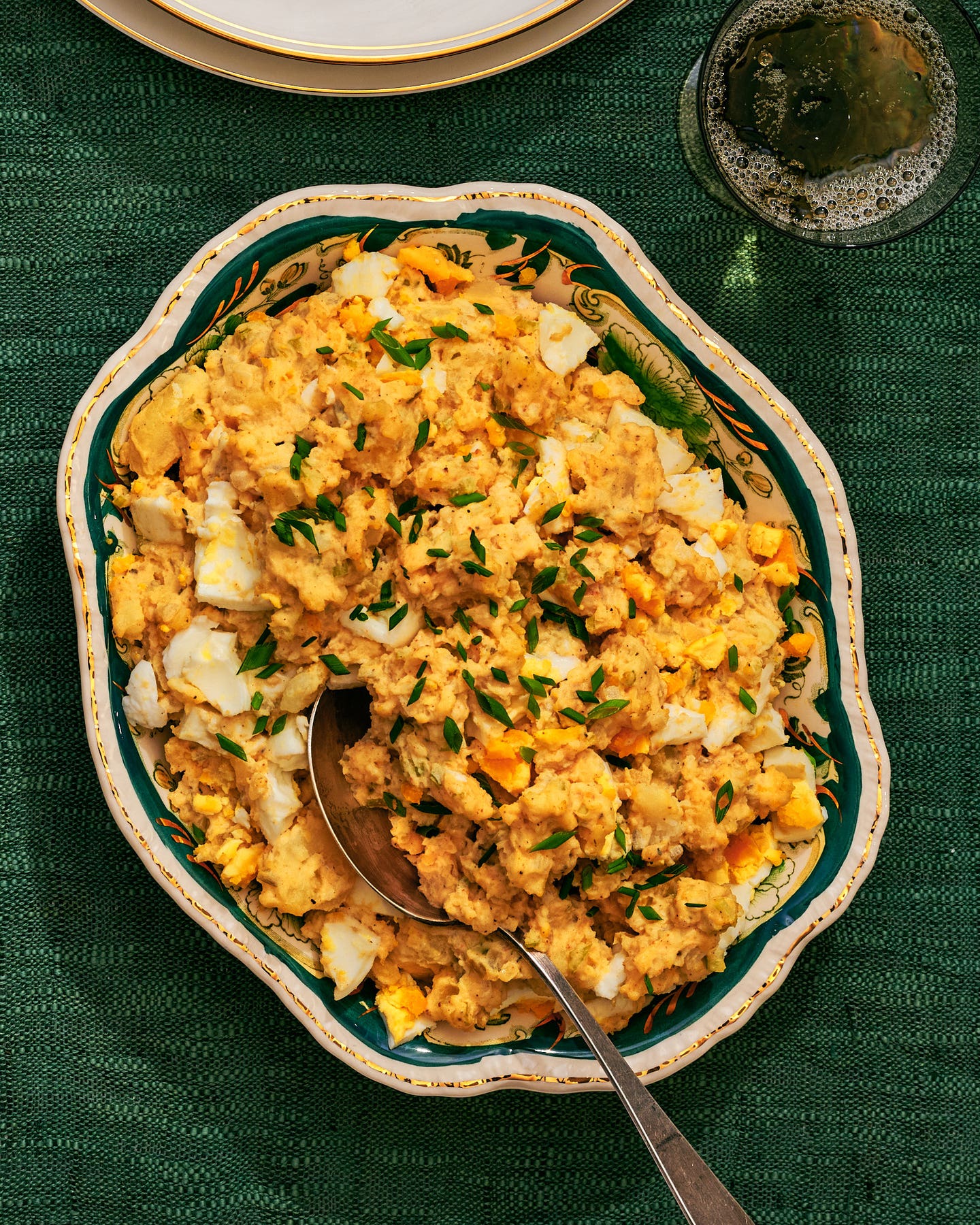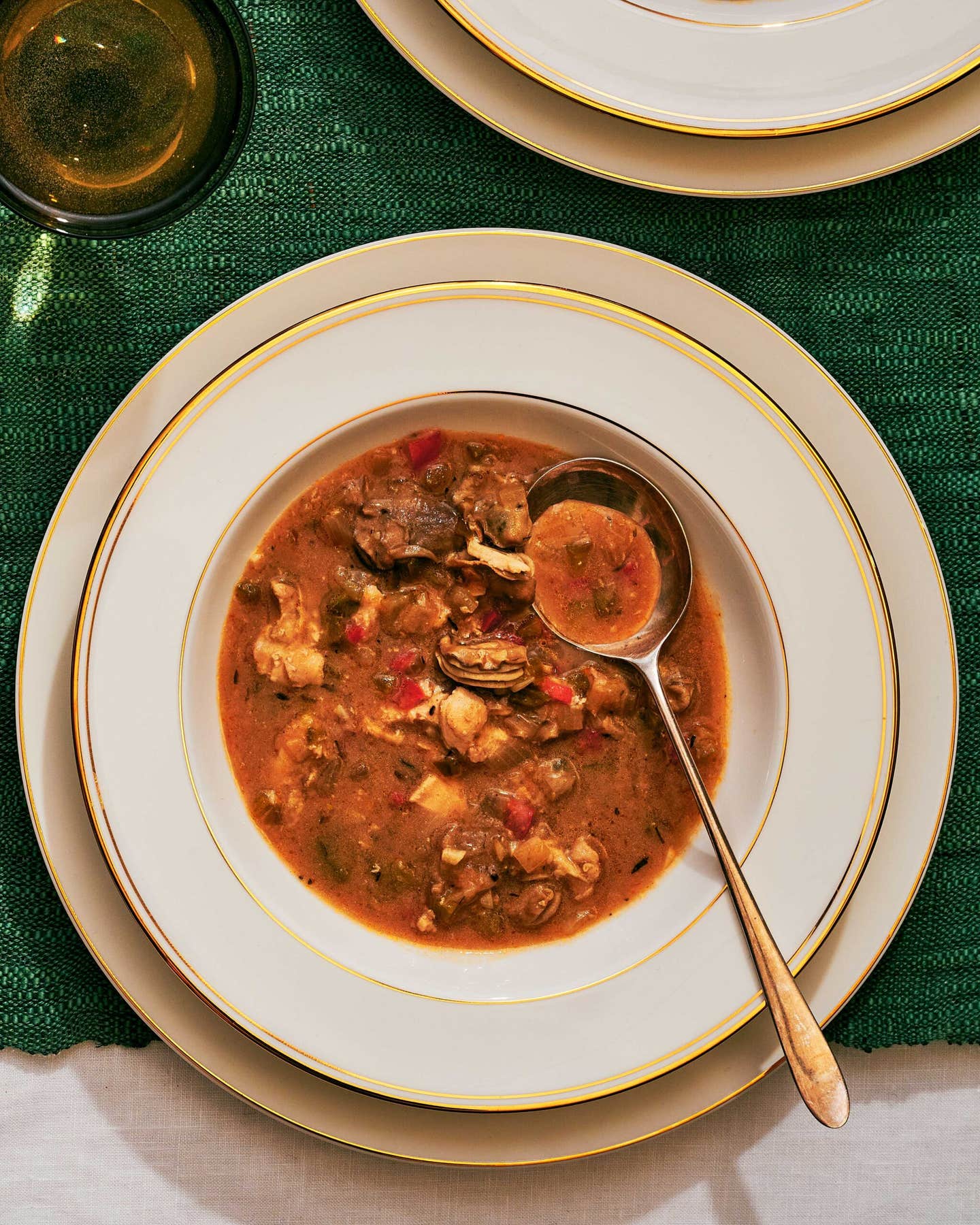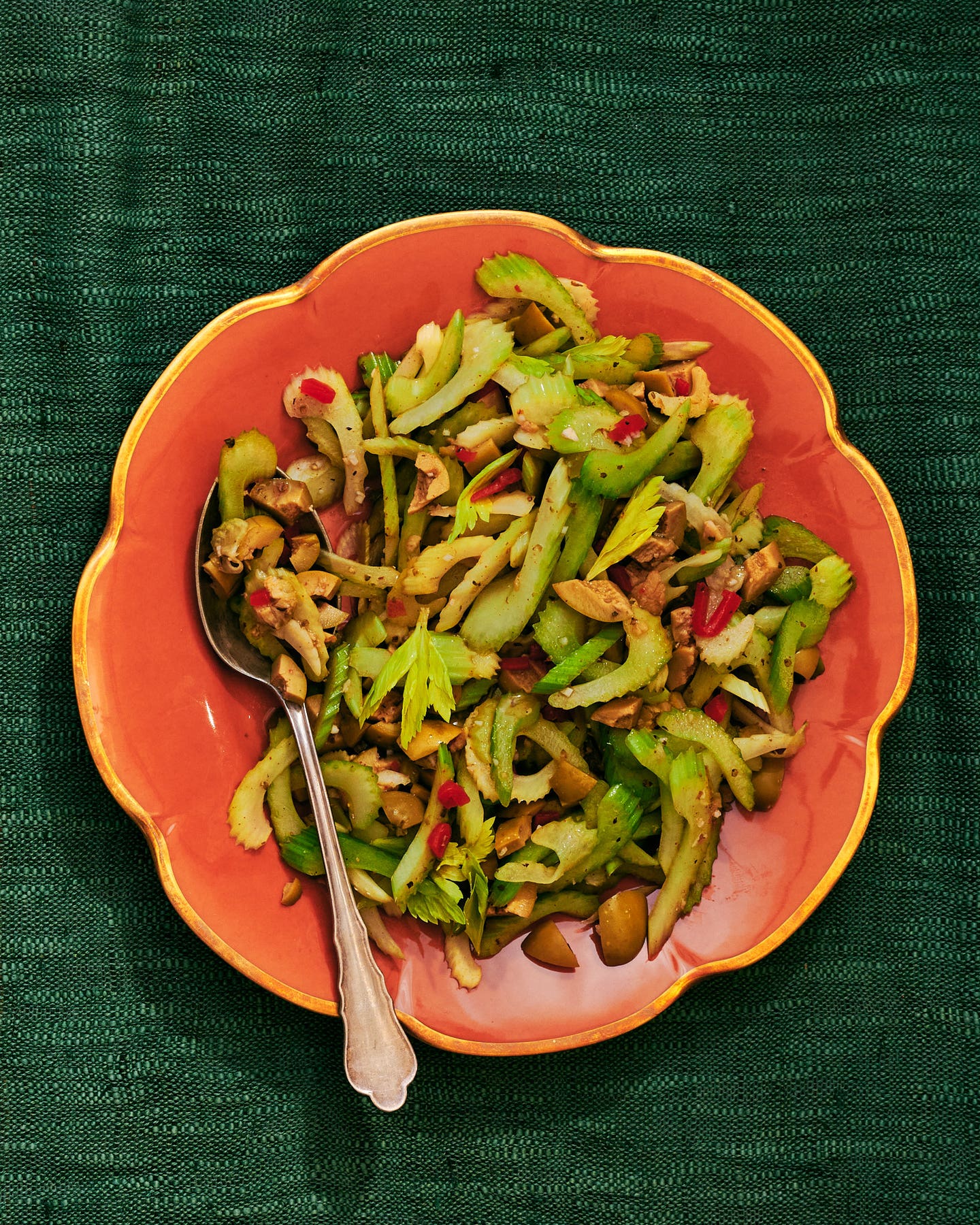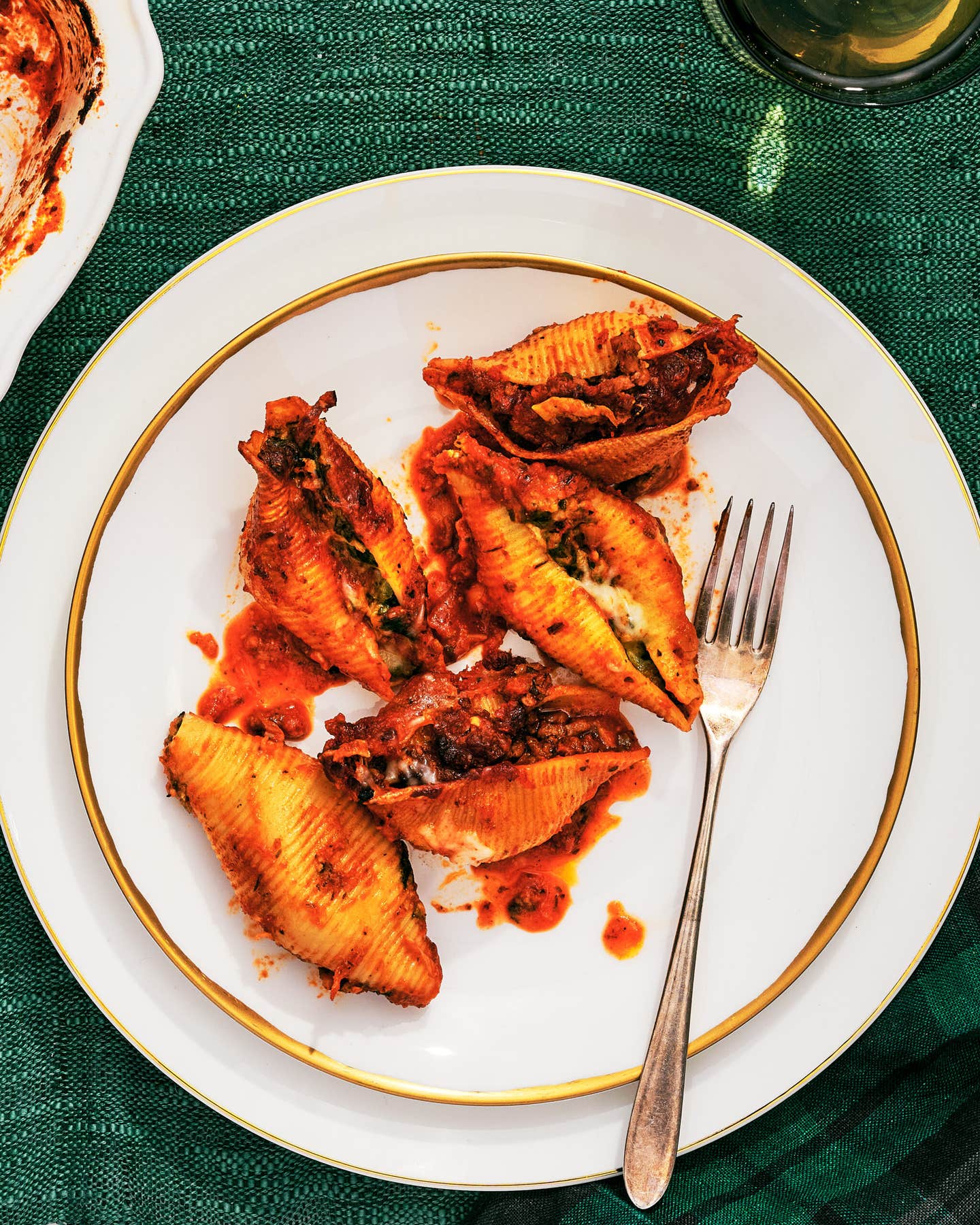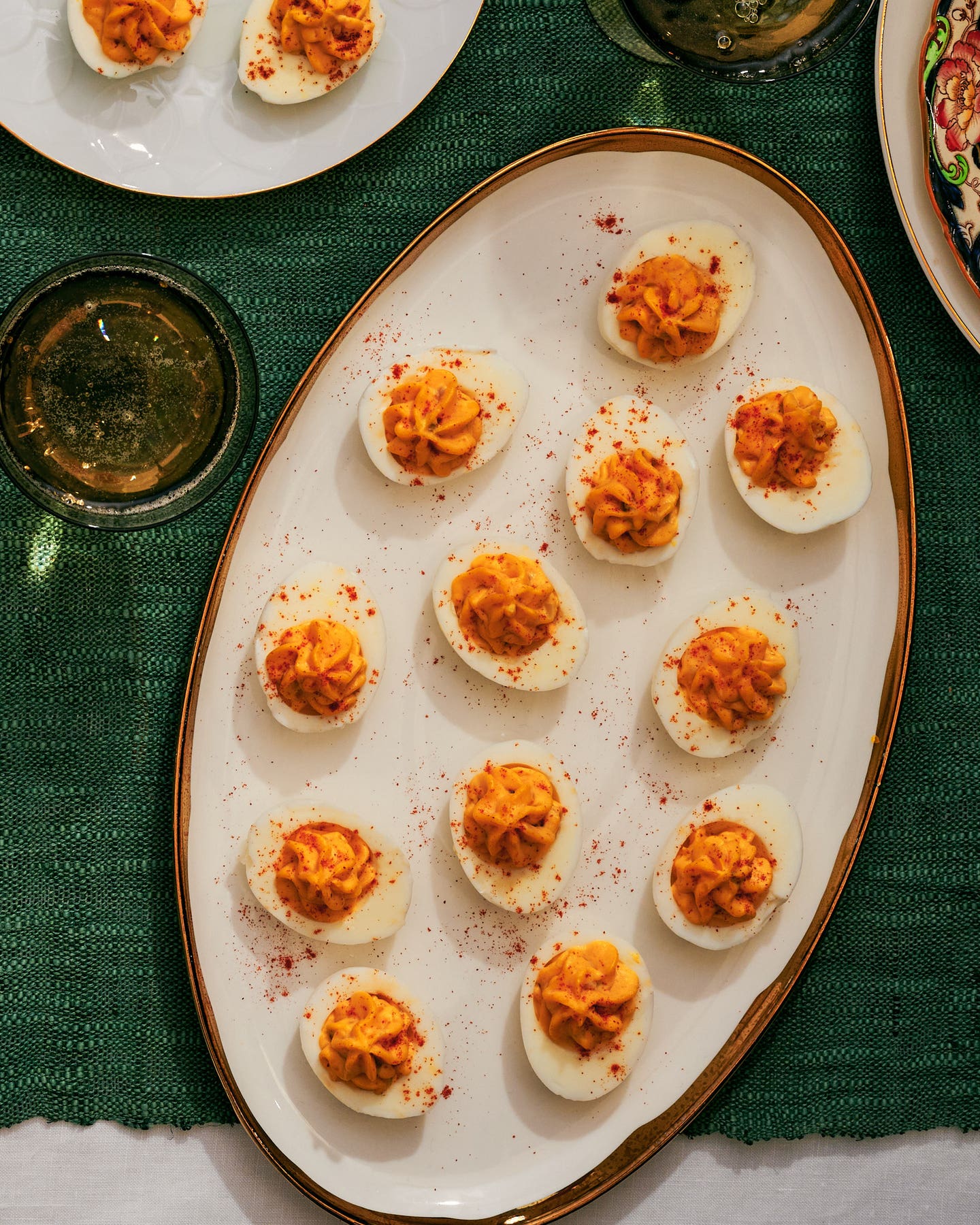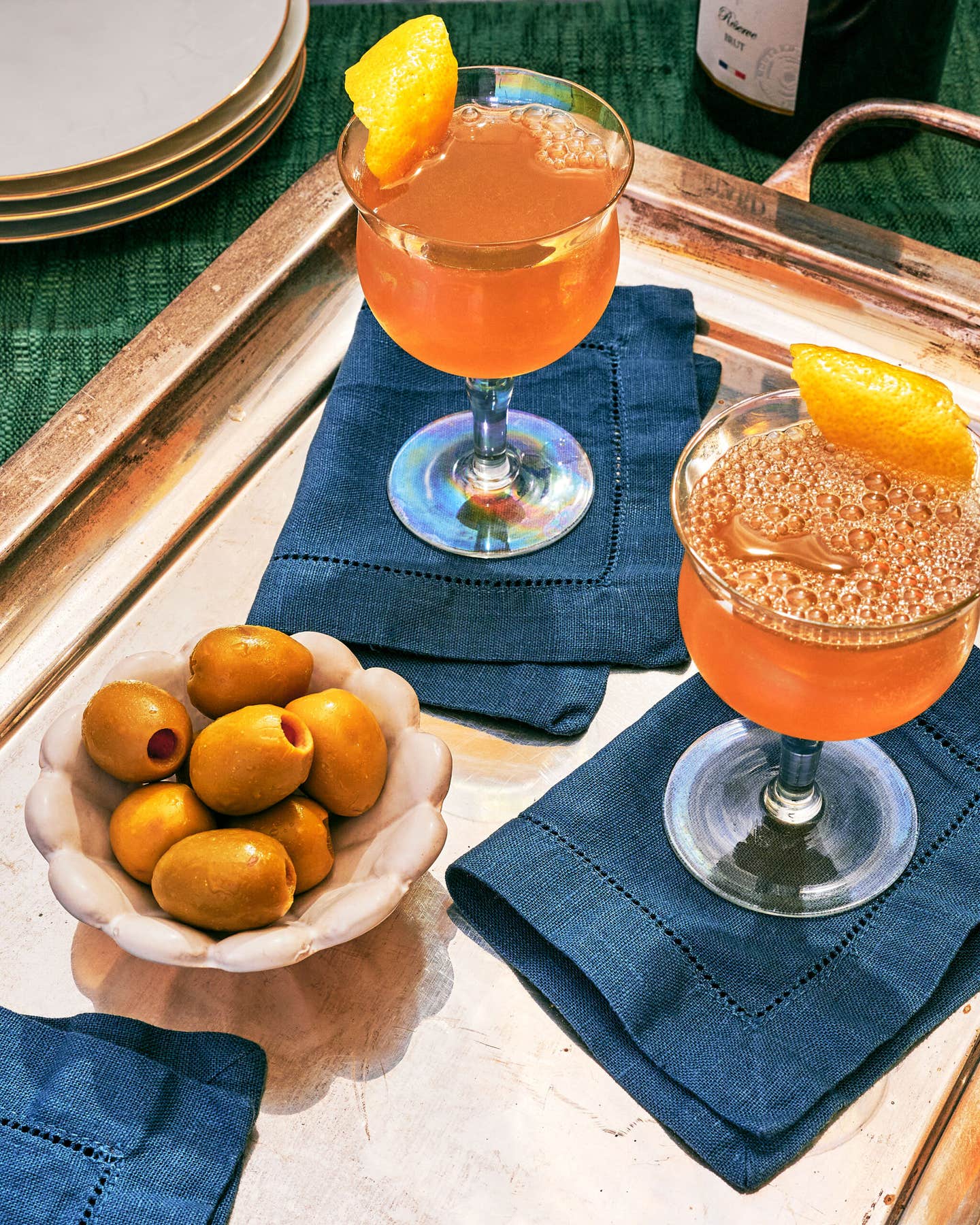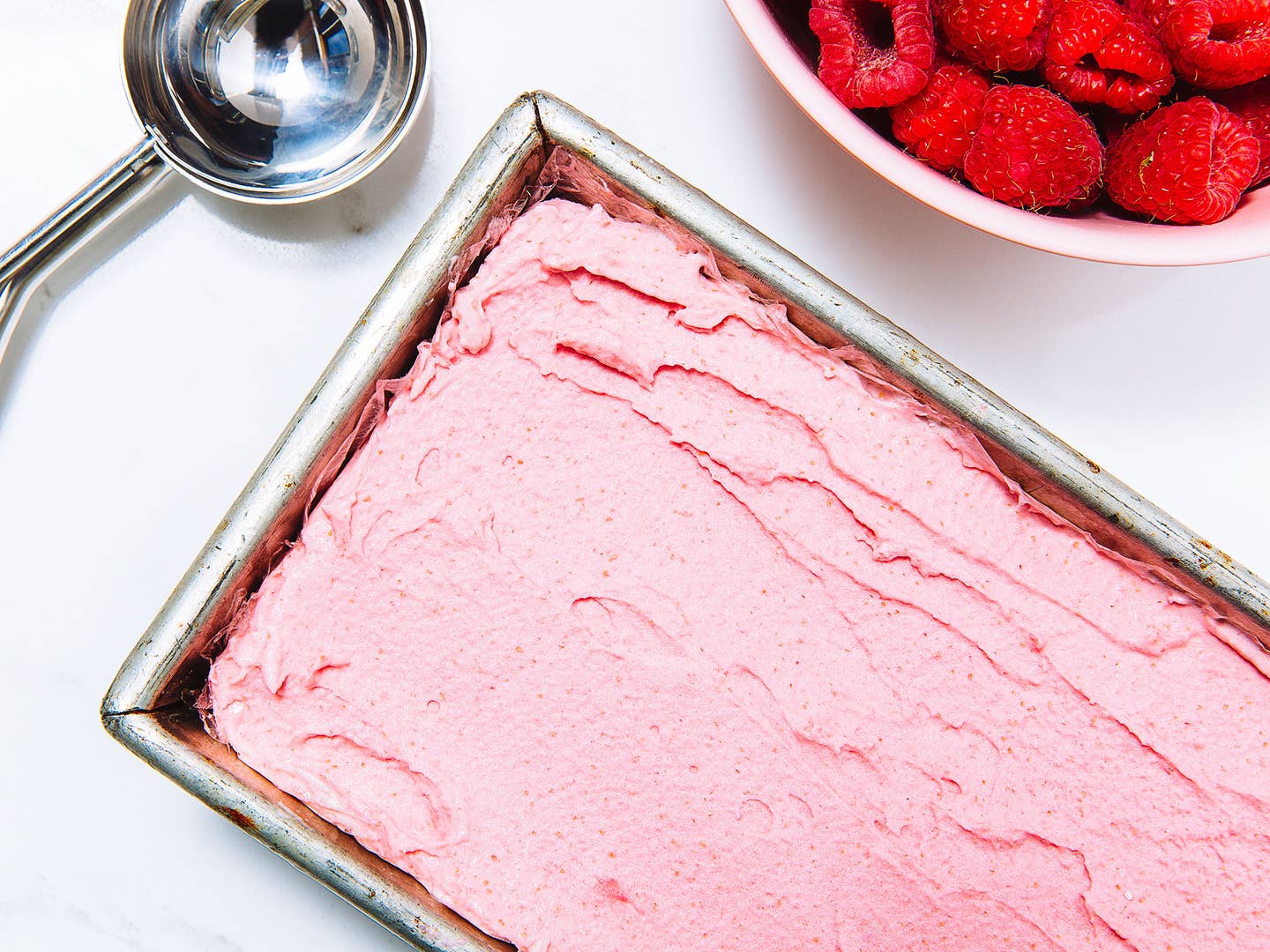
A Foolproof Method for Making Great Fruit-Flavored Ice Cream
How to give your summer bumper crop of berries and stone fruit a taste of creamy frozen immortality
Making great ice cream at home is way easier than pie, but if you want to churn fruit flavors—raspberry say, or peach or pineapple—it helps to have a few ground rules. Fruit is full of water, which means it's full of potential ice crystals, which translates into potentially icy ice cream. Sidestepping these pitfalls is also pretty easy, but it requires keeping tabs on a few ratios. Once you have them, you'll be able to ad-lib almost any fruity ice cream flavor based on what looks best at the market. Here's how.
But First, a Caveat
Note that almost above. This method works with most fruit varieties, but not all. Consider your the jam aisle in your grocery store: Do they make jam, preserve, or jelly out of it? If so, it's likely a good fruit for ice cream. That includes berries like blueberries and strawberries, stone fruit like peaches and plums, and other oddballs like figs and grapes. It also includes fruits too low in acid to make jam but still pulpy enough to be jammy when cooked, such as melon, papaya, or pineapple.
All these fruits are moderately viscous when puréed; dramatically less viscous ones, such as citrus juice, and thicker varieties, such as pears and bananas, follow their own rules. Stone fruit and berries are high in both fiber and pectin, which makes them ideal for this method, which you can divide into six simple steps.
Science-minded notes on the art of ice cream. For starters: stop bashing corn syrup
10 Sweet Tricks for Making Better Ice Cream
1) Above All, Get Great Fruit
Cold dulls flavor. So does milk protein. So does fat. So the old adage about ingredient quality rings true: Use the best fruit you can find for your ice cream. Ripe, almost unbearably fragrant, and tender. It doesn't matter how well you make your ice cream or how much you've spent on your machine; if you start with subpar fruit, the quality of your ice cream will match.
2) Then Decide: Raw or Cooked?
In most cases, I opt for the former to preserve the fresh, bright flavors that make quality fruit so good. But some hearty varieties do well with a bit of simmering on the stove in a touch of water to soften. My main guide: If you can pinch the fruit to mush easily in your fingers, leave it raw. Otherwise, cook it under low heat—low to keep sugars from taking on a caramelized edge—until you can. Low heat and fast cooking are key here; otherwise you're just going to add unwanted "cooked" flavors into your mix.
3) Blitz it Smooth
Either way, your next step is to blend the fruit in a blender until silky smooth, no fewer than 30 seconds, then pour through a fine sieve to strain out any bits of skin, seeds, and pulp. You'll be left with a voluptuous, silky purée ready to mix into ice cream base.
In most cases, I'd rather go the purée route than fruit ribbons or chunks. Obviously, doing so gives the ice cream a fuller fruit flavor, but it's also easier to control iciness this way. If you prefer ribbons, consider using pre-made super-concentrated jam as a shortcut. And if you'd rather have fresh fruit chunks, try them as a topping instead.
You don't need professional equipment to make great ice cream
The Best Tools for Making Your Home Sundae Bar
4) Measure
I haven't given any measurements for your fruit up until now. That's intentional. Fruit yields and sugar contents vary from variety to variety and even batch to batch, which means it's next to impossible to say with certainty how many cups or ounces of fruit—whole or trimmed or chopped—will yield a given volume or weight of fruit purée. The pros use a handy tool called a refractometer to measure the sugar content of purées for high-precision ice cream, but at home we can afford to be more casual about the whole thing, assuming you're using sweet ripe fruit.
Measure out your purée, then measure out an equal amount of half and half (or whole milk plus heavy cream in equal proportions). If you start with 18 ounces of fruit, you'll get somewhere in the ballpark of 2 cups of purée, which will yield a quart of ice cream when combined with dairy.
5) Sweeten
Once your fruit and dairy are fully mix, add your sugars. Yes, plural. Table sugar will take care of the base sweetness, but for a bit of texture enhancement, slurp in a bit of corn or glucose syrup. Just a bit will do; only a quarter or so of your total volume of sugar can be replaced with corn syrup for a dramatic glossy, billowy effect.
6) Whisk, Season, and Adjust
Sugar molecules don't dissolve easily in cold liquids, so make sure you whisk thoroughly until there's no sugary grain in the bottom of your mixing bowl. From there, add salt to taste, and a few drops of lemon juice if necessary to brighten it all up. And voila! You've made a basic fruit ice cream base that's ready to chill and churn.
This is less a formula than a template to adjust at will. Want a deeper fruit flavor? Up your fruit-to-dairy ratio to 2 to 1. Want something creamier? Do the reverse, or increase your proportion of cream to milk for your dairy portion (just avoid using all cream, which gets pretty fatty on the tongue, and use all-milk at your own discretion, knowing that you're making something more akin to sherbet than ice cream). Tweak your sweetener amounts and types as you experiment, and add mix-ins as your heart desires.
The point of all the vagueness is this: Compared to pastry and other forms of baking, ice cream is a forgiving dessert. And even if your first homemade batch isn't perfect, it'll still be yours, and this is one hobby that you'll get more hooked on in time.
Keep Reading
Continue to Next Story
